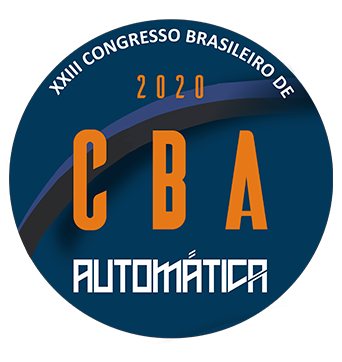Caio Viturino
I am a PhD student at the Electrical Engineering Graduate Program at the Federal University of Bahia (UFBA) in Salvador, Brazil, supervised by Prof. Dr. André Gustavo Scolari Conceição. I am also a researcher at the Laboratory of Robotics at UFBA.
The goal of my research is to develop smart robotic systems capable of performing actions autonomously such as grasping and trajectory planning using deep learning techniques.
If you are interested, please see my full CV available in the link below:



